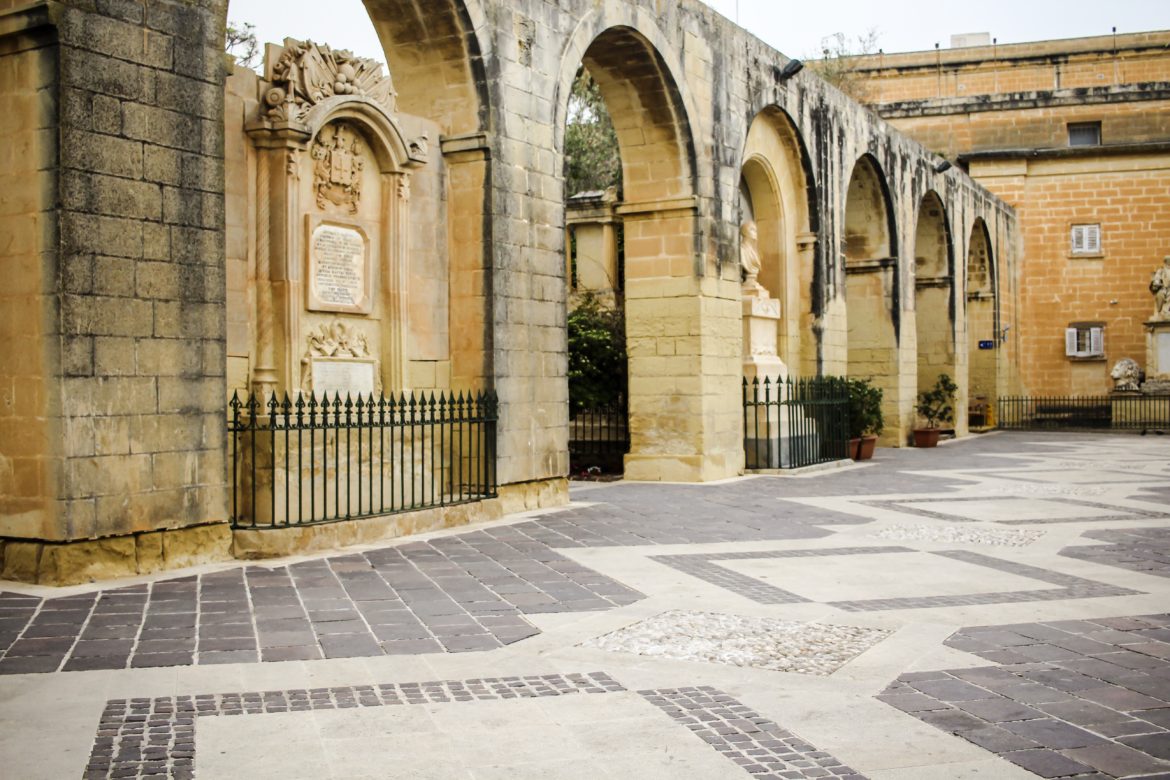After the whole hassle of getting my biometrics card I decided my first stop was going to be Malta now that I was allowed to leave and renter the UK.
Where is Malta?
Malta is a small island country in the EU, 10th smallest country in the world, located in the Mediterranean Sea between Italy and Northern Africa. Their official languages are Maltese and English. Maltese is an interesting language, having descended from a now extinct variety of Arabic but evolved over time picking up influences from Italian, Sicilian and other romance languages. Due to Malta’s position in the Mediterranean its had strategic importance for many cultures over the years. Many other cultures and civilizations have ruled the Maltese islands starting with the Phoenicians, then onto the Romans, Greeks, Arabs, the Knight’s of Saint John, French and finally the British with a few more in between. Each of these foreign influences left a mark on Malta’s history and landscape making it a fascinating country to explore. In 1974 Malta became and independent Republic and later joined the European Union in 2004.
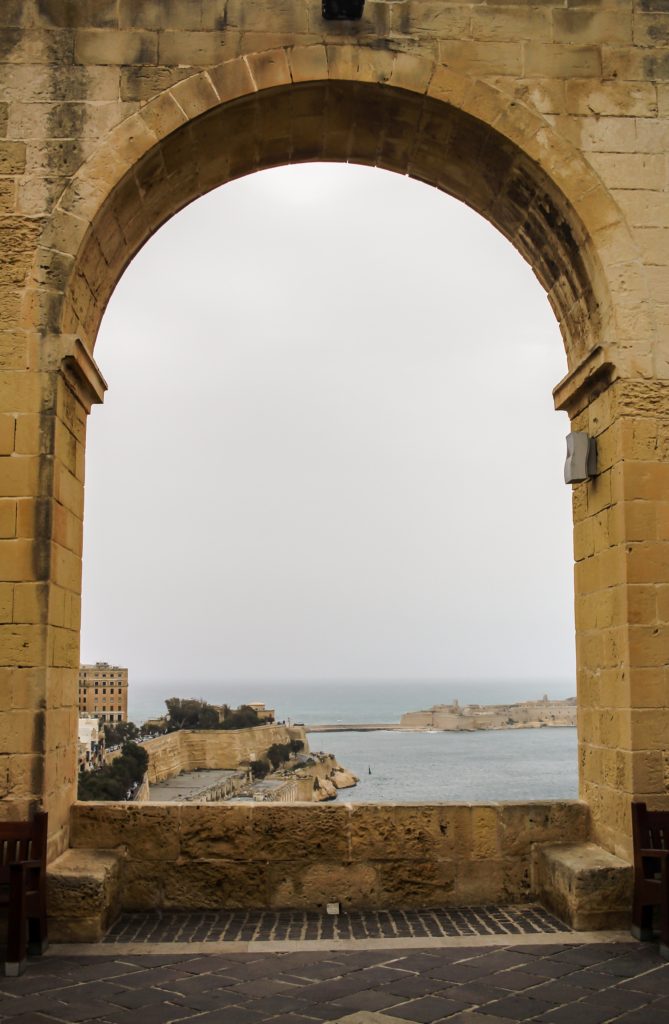
Despite being one of the smallest countries in the world there is a lot to see on the islands, enough that I felt six days was not enough and there’s still so much more I want to see. This is due in part to Malta’s long history as a nation and the presence of so many cultures. There’s even seven megalithic temples, some are now UNESCO world heritage sites, and they’re supposed to be the oldest free standing structure on earth.
I’m going to break down my trip based on the cities or area to keep the posts short without sacrificing information. So we’ll start at the beginning of my trip with Sliema and Valletta.
Sliema
I was lucky enough to have a good friend who now lives in Malta to stay with. They live in Sliema, originally a small fishing village, but is now a social, residential and commercial hub. Sliema was a fantastic place to base myself as I never felt far from anything. There’s a beautiful walkway that stretches along the waterfront for 10km called the Sliema Front. It’s a popular spot for runners and joggers and it stretches all the way from Gzira to the neighbouring city of Saint Julian. The Front is a great place to wander as it boasts plenty of shopping, restaurants, cafes, seaside benches, and rocky beaches to relax at.
A fantastic place the explore is Tigné Point, it was once a British barracks complex with multiple fortifications. After Malta’s independence the buildings were left derelict for many years. It recently underwent redevelopment and is now home to luxury properties but many remains of the original buildings still stand; especially along the beachfront. Although all the old tunnels have been blocked off it still makes for a neat place to explore and a fantastic place to soak up some sun while you take in the views of Valletta from across the harbour.
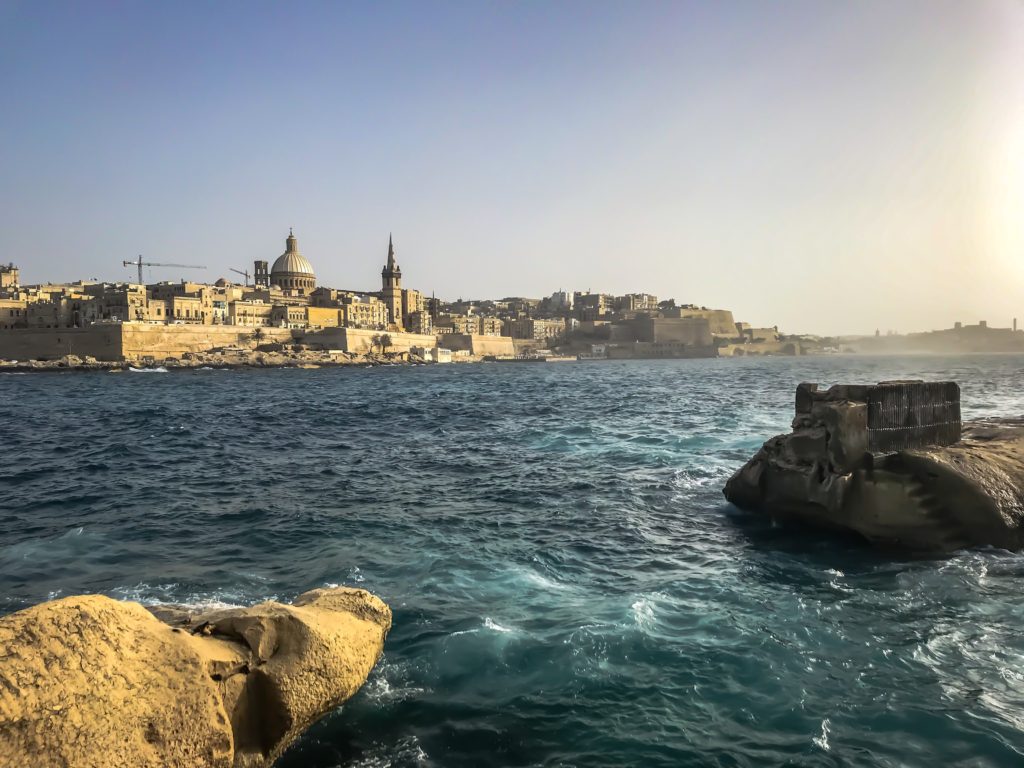
If you’re looking for a fun night out then head down the Front and into Saint Julian’s Paceville neighbourhood. Paceville is the main nightlife hub in Malta and is known for being a party town. It’s where you’ll find most of the casinos and clubs as well as a large selection of bars and restaurants. It’s also a fairly cheap night out, no cover to get into the clubs and drinks are all pretty reasonably priced. Try a spiced rum and Kinnie, a popular Maltese soft drink. Paceville makes for a popular destination for bachelor and bachelorette parties. And don’t worry if all this isn’t your thing, there will always be a tv somewhere showing a soccer game.
Valletta
Across the Marsamxett Harbour from Sliema is Valletta, the nations capital. Valletta is a beautiful, historic town with buildings dating back to the 16th century. Some destruction was caused by the Second World War, a good example of this was the Royal Opera House who’s ruins still sit outside the Parliament House; but, Valletta still maintains a lot of its history. In 1980 it was recognized as a UNESCO World Heritage site. Getting to Valletta is quite easy. You can take the Sliema-Valletta ferry for €2.80 return or you can take the bus. Bus service across the whole island is €1.50 or €3 if you are on a special route. The ferry is much quicker and a nicer ride in my opinion though.
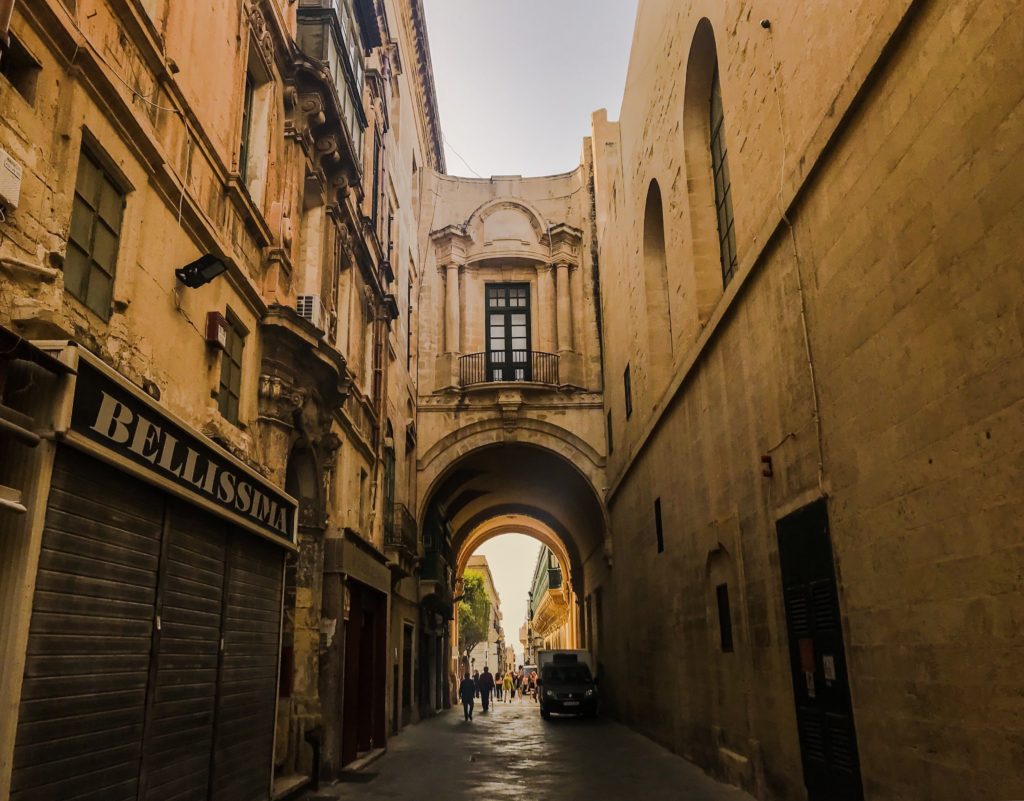
Fort Saint Elmo
My first stop in Valletta was to Fort Saint Elmo. Built by the Order of Saint John the fort overlooks both the Grand Harbour and Marsamxett Harbour. Construction of the fort began in 1552, additions and reinforcements were added over the years until 1565. The fort played an important role in the Great Siege of Malta, where it was held until virtually the last man standing ultimately falling to the Ottomans after 28 days of fighting. The Order rebuilt the fort and this time integrated it into the city walls. Over the years it saw many additions and modifications and remained in use right up until 1972 when the Royal Malta Artillery left the fort. The fort underwent a major restoration project from 2009-2015. In the present day the fort is now home to the National War Museum. The museum takes you through Malta’s wartime history. It starts right back at the very beginning with artifacts from the prehistoric time period and into the bronze ages. Set up in chronological order the museum takes you through the history of all the times Malta has switched hands and the influence each rule had on the island. You head through the Second Punic War, the Great Siege and right up to Malta’s role in the First and Second World Wars. At the fort you can also catch the In Guardia Parade, this is a reenactment of the events that were held by the Knight’s of Saint John. This includes an inspection from the Grand Bailiff and military exercises. Unfortunately the In Guardia Parade is not happening at the moment but is expected to resume later this year. You also get amazing view of both harbours from the walls of the fort. They’ve even set up specific raised platforms for taking photos of the view. Tickets to the fort are €10 each and if you’re interested in military history or even learning more about Malta’s history in general it’s worth checking out.
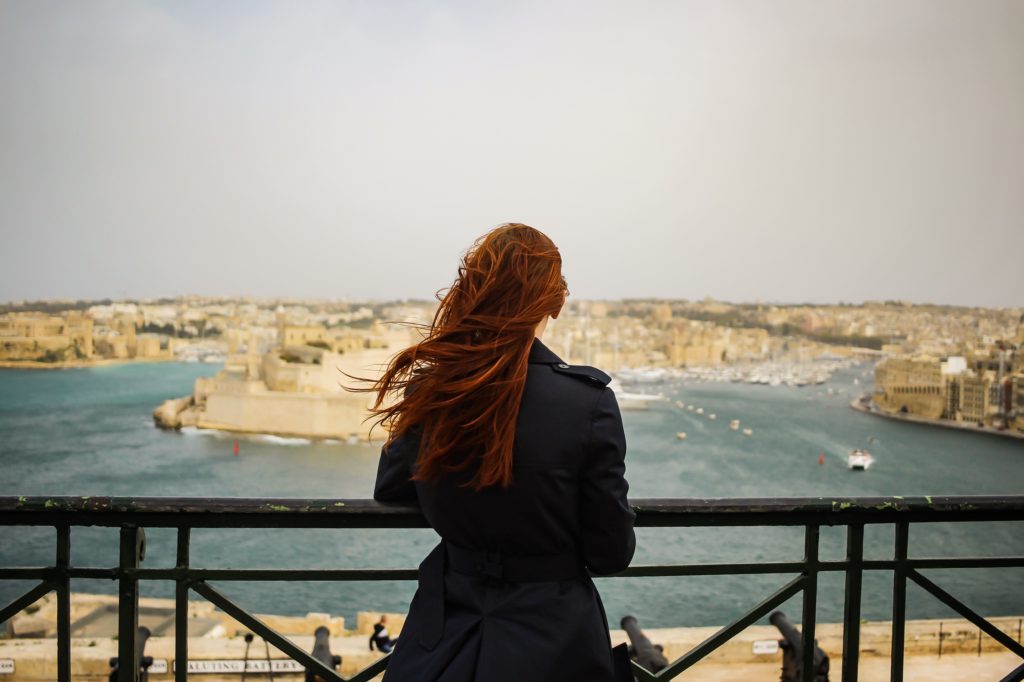
The Lower and Upper Barrakka Gardens
Just down the road from Fort Saint Elmo you’ll find the smaller and quieter Lower Barrakka Gardens. From here you get amazing views of the mouth of the Grand Harbour and the breakwater. It’s a great spot to sit and relax while you enjoy a coffee or a snack and just watch the ships go by. The gardens are a peaceful place featuring a temple in the centre of the gardens dedicated to Sir Alexandre Ball. Further down the road you’ll find the larger and busier Upper Barrakka Gardens. These gardens are built on the upper tiers of Saint Peter and Paul Bastion and offer panoramic views of the Grand Harbour. The lower tier of the bastion houses the Saluting Battery who still everyday fire a canon at noon and 4pm and you can watch the demonstration from the gardens. Due to this and the incredible views, the upper gardens do tend to get a little busier; but it’s still a nice place to sit and enjoy the stunning archways and beautiful flowers.
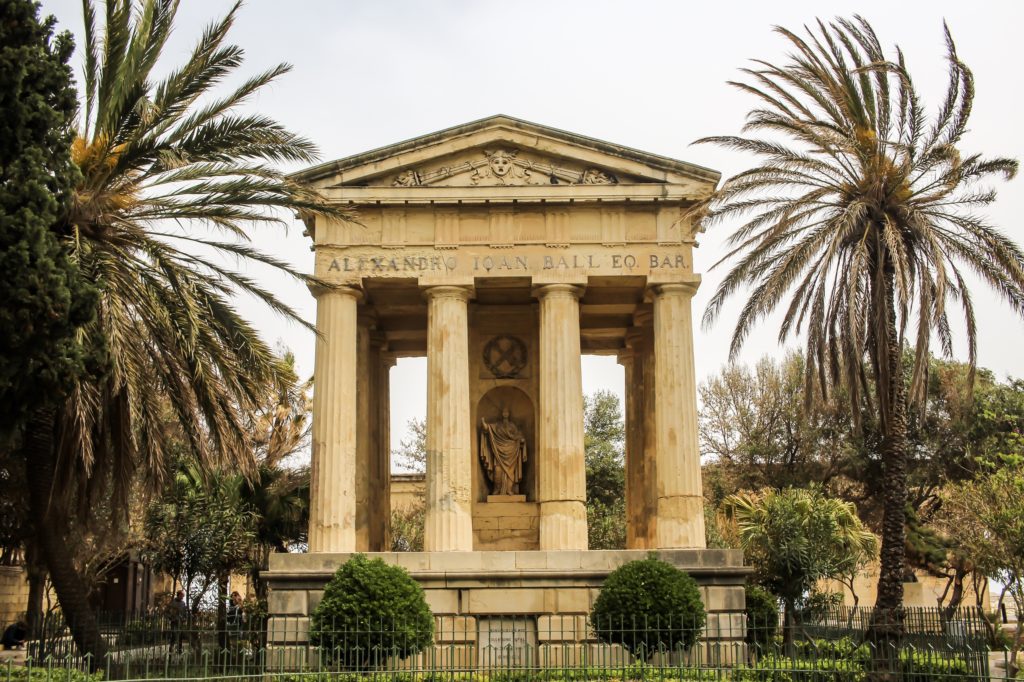
What Else is in Valletta?
If you take the bus into Valletta you will be greeted by the Triton Fountain. It’s quite a large impressive fountain featuring 3 bronze tritons. Unfortunately the water was not running when I visited but it’s supposed to be even more amazing when it is. Passed the fountain is the city gate, the gates that are there currently are new, having only been built between 2011 and 2014. The first gates that occupied the space were all fortified and made up part of the city’s wall. As you walk over the bridge towards the gates you can peer down into the deep ditch that once helped protect the city but has now been turned into a garden. Immediately through the gate are the ruins of the Royal Opera House and the Parliament House. Valletta has a lot of really great shopping, with a lot of the shops being local businesses. One thing they specialize in is silver filigree and I could spend hours browsing the windows of all the amazing jewelry shops. To create these pieces artists twist, curl and plait fine threads of metal together to form incredibly intricate rings, earrings, pendants and more. I knew I couldn’t leave Malta without some sort of a statement piece. Most shops also carry more local jewelry made from gemstones and others carry beautiful lace pieces made on Gozo.
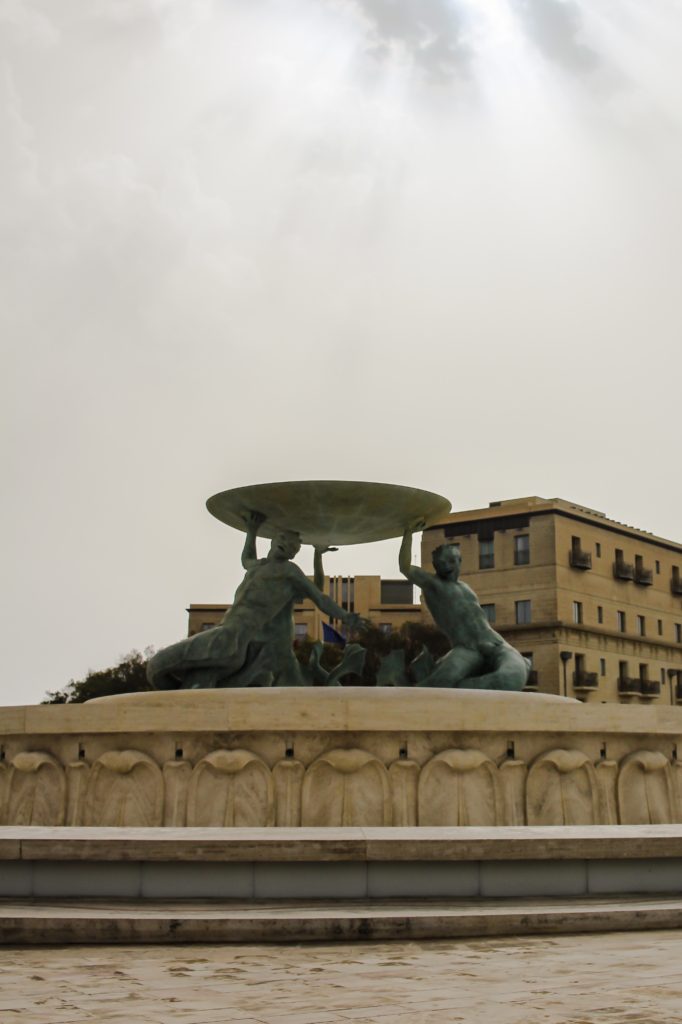
Honestly, one of the best parts about Malta is that it’s so easy to just wander and enjoy the cities. Every street holds some sort of interesting beauty, whether it’s the interesting house names, the traditional wooden balconies, or the statues carved into the sides of building depicting various saints or the Virgin Mary. Make sure you keep your eyes open for those wooden balconies. They’re most prominent in Valletta and they’re different than your typical balcony. They are enclosed to start, they’re wooden and are all painted different bright colours so they stand out against the yellowing stone of the houses. No one really seems to know what the story behind these balconies are and how they came about. I’ve heard everything from they have Arabic roots from a time when Arabic women stayed out of sight, to having a wooden balcony meant you were wealthy because you could afford to import wood and they’re enclosed because it get’s too hot in the summer. Whatever their background they’re definitely a beautiful sight and are now a key feature of Malta.
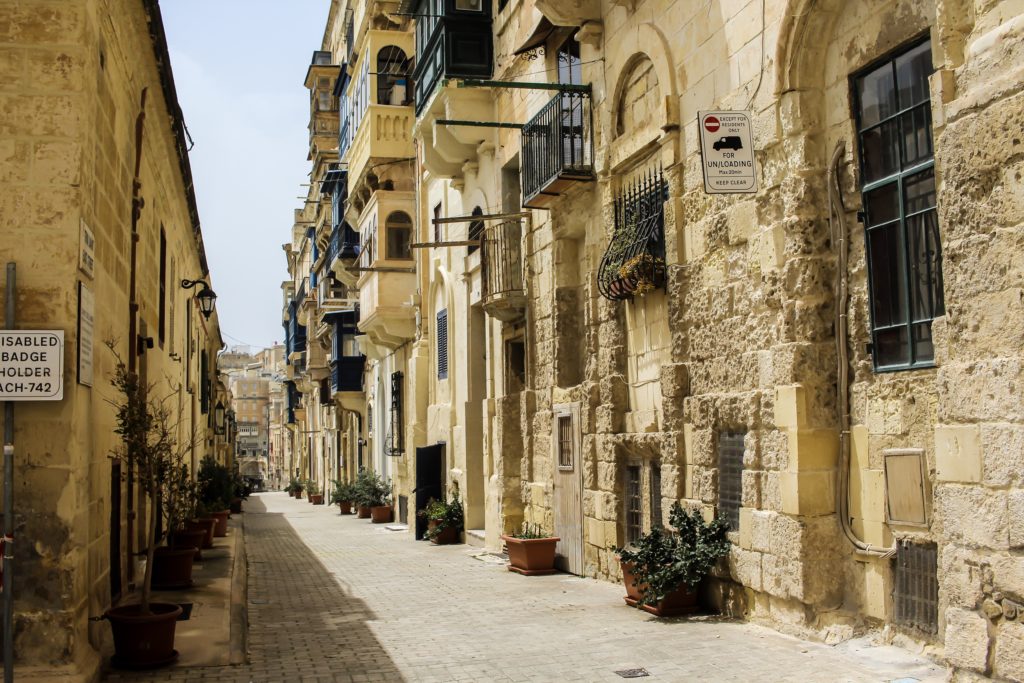
Next week I’ll be talking more about my trip to Malta but this time covering Rabat and Mdina. If you’d like to stay up to date, see more photos and follow along on my journey you can follow me on Facebook, Twitter and Instagram
Until next week,
Ċaw!
